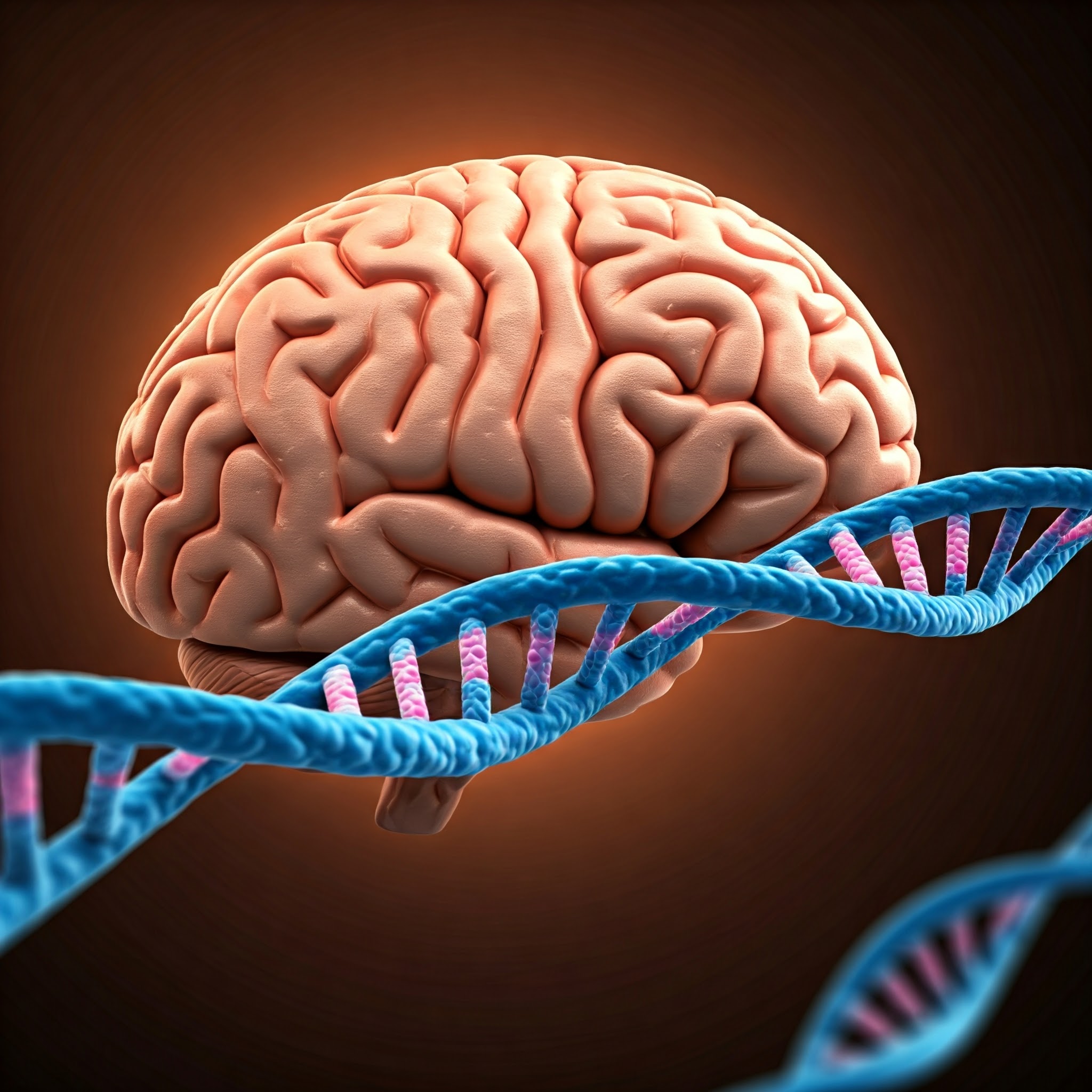According to a recent study lead by UCL researchers, subtle brain alterations that can be seen by sophisticated imaging, blood, and spinal fluid analysis occur in persons with Huntington’s disease about 20 years before a clinical motor diagnosis.
Their findings were published in the journal Nature Medicine.
The team discovered that, even if cognitive, behavioral, and motor abilities were normal for many years prior to the beginning of Huntington’s disease symptoms, modest brain alterations were occurring as early as twenty years before symptoms appeared.
Future preventative clinical studies and earlier therapies that could maintain brain function and improve outcomes for people at risk of Huntington’s disease are made possible by these discoveries.
The huntingtin gene’s three DNA blocks (C, A, and G) repeatedly expanding are the source of the illness. Somatic CAG expansion is the term for this sequence’s tendency to continuously grow in specific cells throughout an individual’s lifetime. Over time, this continuous growth increases neurodegeneration and renders brain cells more susceptible.
Over the course of about five years, they underwent two examinations to track changes in their bodies and brains. Their outcomes were contrasted with those of 46 nearly comparable control subjects in terms of age, sex, and educational attainment.
All participants agreed to have thorough evaluations of their thoughts, movements, and behaviors as well as brain scans and the collection of blood and spinal fluid as part of the study.
Crucially, when compared to the closely matched control group, the group with Huntington’s disease gene expansion did not exhibit any decrease in any clinical function (thinking, movement, or behavior) over the course of the study.
Nonetheless, little alterations were found in the brain scans and spinal fluid biomarkers of individuals with Huntington’s disease gene expansion when compared to the control group. This suggests that the neurodegenerative process starts long before a clinical motor diagnosis and symptoms appear.
In particular, the researchers found lower levels of proenkephalin (PENK), a neuropeptide marker of healthy neuron state that may indicate alterations in the brain’s reaction to neurodegeneration, and higher levels of neurofilament light chain (NfL), a protein released into the spinal fluid when neurons are injured.
Our study underpins the importance of somatic CAG repeat expansion driving the earliest neuropathological changes of the disease in living humans with the Huntington’s disease gene expansion. I want to thank the participants in our young adult study as their dedication and commitment over the last five years mean we hope that clinical trials aimed at preventing Huntington’s disease will become a reality in the next few years.
Sarah Tabrizi
The results imply that individuals at risk of developing Huntington’s disease may be able to operate normally during a treatment window, maybe decades before symptoms appear, even though they have observable signs of mild, early neurodegeneration. Future clinical studies must identify these early illness signs in order to assess the effectiveness of a treatment.
This unique cohort of individuals with the Huntington’s disease gene expansion and control participants provides us with unprecedented insights into the very earliest disease processes prior to the appearance of clinical symptoms, which has implications not only for Huntington’s disease but for other neurodegenerative conditions such as Alzheimer’s disease.
Dr Rachael Scahill
Decades before a clinical motor diagnosis of Huntington’s disease was made, this study is the first to directly link somatic CAG repeat expansion, as assessed in blood, to early brain alterations in people.
This research shows that somatic CAG expansion actively drives the earliest visible alterations in the brain, notably in the caudate and putamen, regions crucial for movement and thought. It was previously recognized that somatic CAG expansion accelerates neurodegeneration.
Also Read: Research Identifies Gene Regulation of AIDS Causing HIV Virus
The results provide important evidence to support the idea that somatic CAG expansion is a major driver of neurodegeneration by demonstrating that changes in somatic CAG repeat expansion assessed in blood predict changes in brain volume and other neurodegenerative indicators.
This result confirms this molecular mechanism as a prospective therapeutic target and marks a significant advancement towards future prevention trials in Huntington’s disease, as therapies to suppress somatic CAG repeat expansion are now being developed.
These findings are particularly timely as the Huntington’s disease therapeutic landscape expands and progresses toward preventive clinical trials.
Dr Mena Farag
Source: UCL News
Journal Reference: Scahill, Rachael I., et al. “Somatic CAG Repeat Expansion in Blood Associates with Biomarkers of Neurodegeneration in Huntington’S Disease Decades Before Clinical Motor Diagnosis.” Nature Medicine, 2025, pp. 1-12, DOI: https://doi.org/10.1038/s41591-024-03424-6.
Last Modified:






